What The 3-3-3 Rule Means For Your New Cat’s Adjustment Period

Bringing home a new feline friend is exciting, but your kitty needs time to feel secure in unfamiliar surroundings.
The 3-3-3 rule provides a helpful timeline for understanding your cat’s adjustment process. This simple guideline breaks down what to expect during the first three days, three weeks, and three months as your new cat transforms from a nervous newcomer into a comfortable family member.
The Hiding Phase

Your new kitty will likely seek out hiding spots during those initial 72 hours. This natural behavior helps them feel safe while processing the dramatic change in environment.
Don’t take it personally! Provide quiet spaces like cardboard boxes or cat caves where they can retreat. Keep interactions gentle and brief, allowing them to approach you when ready.
Food Hesitation Is Normal

Many cats refuse meals during their first three days. The stress of relocation can temporarily suppress appetite, which is perfectly normal feline behavior.
Place food and water in quiet locations away from litter boxes. Try offering extra-tempting treats like cooked chicken or tuna to entice reluctant eaters. Small, frequent meals work better than large portions during this adjustment phase.
Litter Box Accidents Happen
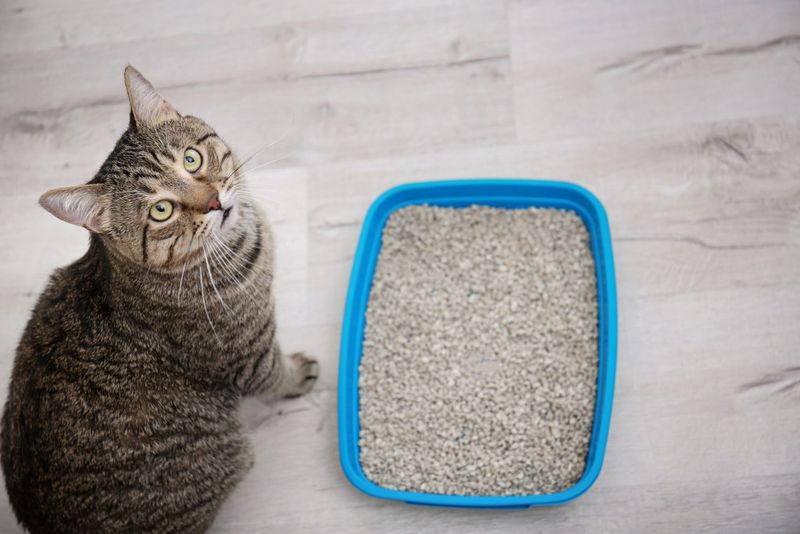
Stress can cause temporary litter box avoidance even in well-trained cats. Your new companion might have accidents while learning the layout of your home.
Make litter boxes easily accessible during these early days. Provide multiple boxes in different locations to prevent confusion. Keep the same litter type they used previously if possible to maintain familiarity during this overwhelming transition.
3 Weeks And The Testing Boundaries Stage
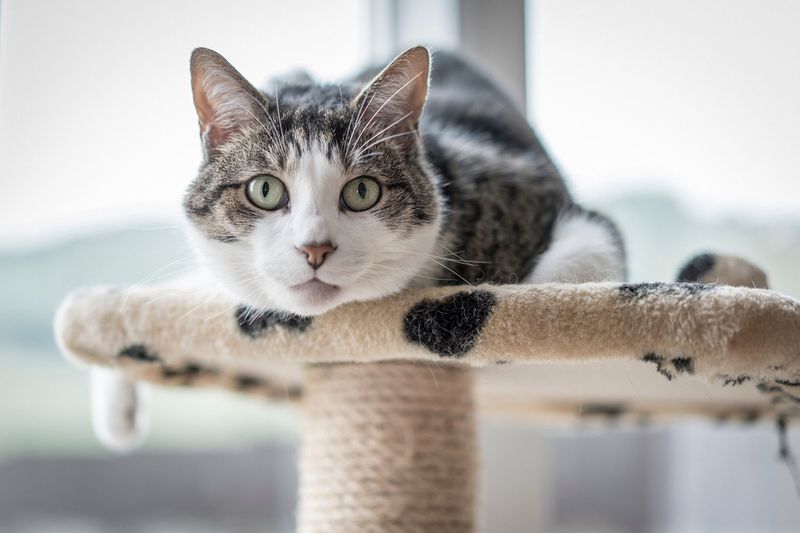
Around the three-week mark, your cat begins showing their true personality. This exploration phase often includes testing limits – climbing forbidden furniture or investigating countertops.
Consistent, gentle redirection works best now. Provide appropriate climbing alternatives like cat trees or window perches. Your feline is figuring out household rules while gradually feeling secure enough to express their natural behaviors.
Vocal Changes Signal Adjustment

Pay attention to your cat’s meowing patterns during the three-week mark. Many cats who were initially silent begin vocalizing more as they gain confidence.
Others who meowed constantly from anxiety might quiet down as they feel secure. These vocal shifts are positive signs your kitty is adapting to their new environment. Each cat communicates differently, so learn your pet’s unique language.
Sleep Patterns Reveal Comfort Level

Cats typically sleep 15-20 hours daily, but rarely do so when feeling unsafe. By week three, your cat sleeping deeply in open areas indicates growing comfort.
Belly-up napping positions demonstrate ultimate trust, as this vulnerable posture wouldn’t happen if they felt threatened. Notice how your cat’s preferred sleeping locations gradually move from hidden spots to more social areas as security increases.
Three Months And Their True Personality Emerges
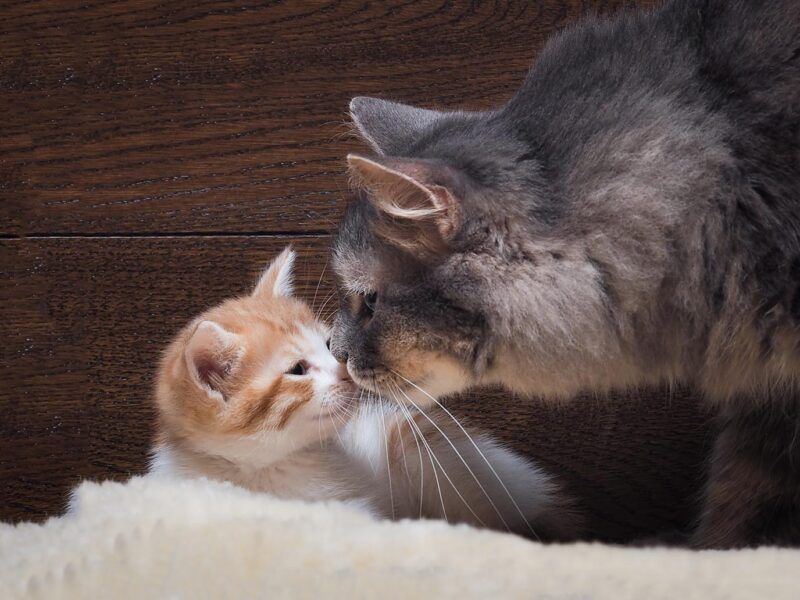
The three-month milestone marks when most cats fully reveal their authentic selves. Shy cats might become playful, while seemingly confident ones might show unexpected quirks.
This period often brings delightful surprises as your cat develops routines and preferences. Behavior stabilizes as they recognize your home as their territory. The foundation of your long-term relationship solidifies during this crucial adjustment phase.
Weight Changes Are Common

Monitor your cat’s weight throughout the 3-3-3 period. Initial weight loss from stress-related appetite changes is common during the first three weeks.
By three months, healthy weight gain usually occurs as eating patterns normalize. Regular weigh-ins help track this important health indicator. Consult your vet if weight changes exceed 10% in either direction, as this might indicate adjustment difficulties requiring intervention.
Bonding Through Play Changes
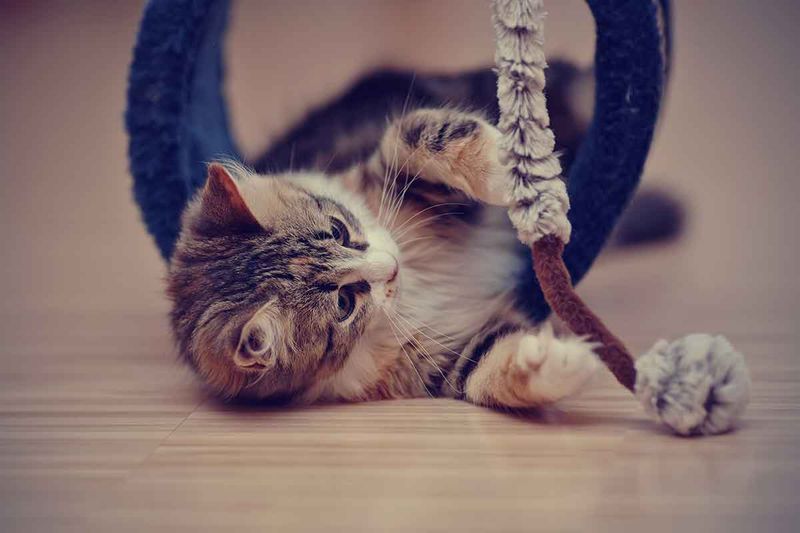
Play styles evolve dramatically throughout the 3-3-3 timeline. Initially, your cat might ignore toys completely while focusing on safety concerns.
Around three weeks, brief play sessions begin, though they may startle easily. By three months, play reveals their true preferences – some cats love chasing toys, others prefer puzzle games. These interactions strengthen your bond while providing essential mental stimulation during adjustment.
Multi-Pet Household Integration Timeline
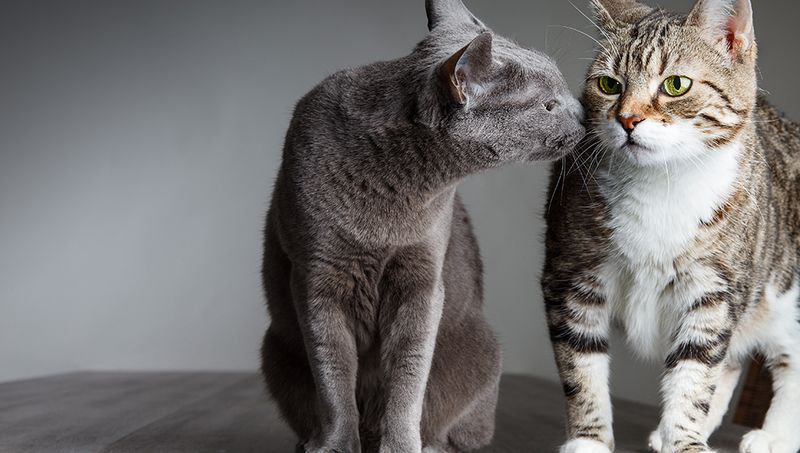
The 3-3-3 rule extends to relationships with other pets. Expect hissing and avoidance during the first three days – this is normal territorial behavior.
By three weeks, supervised interactions typically improve with less tension. The three-month mark often brings peaceful coexistence or even friendships forming. Patience during this gradual process prevents stress-related setbacks as your furry family adjusts to each other.






